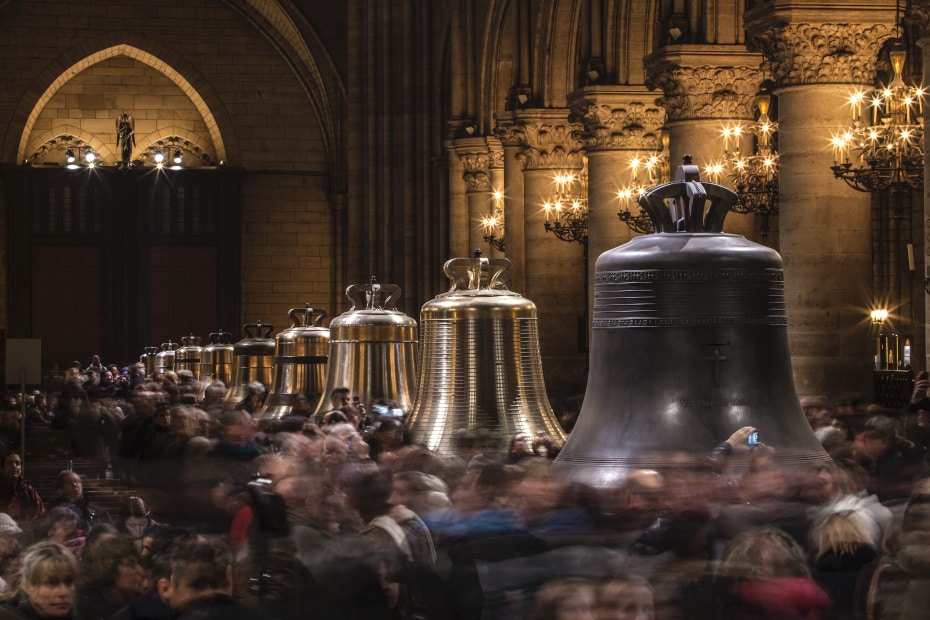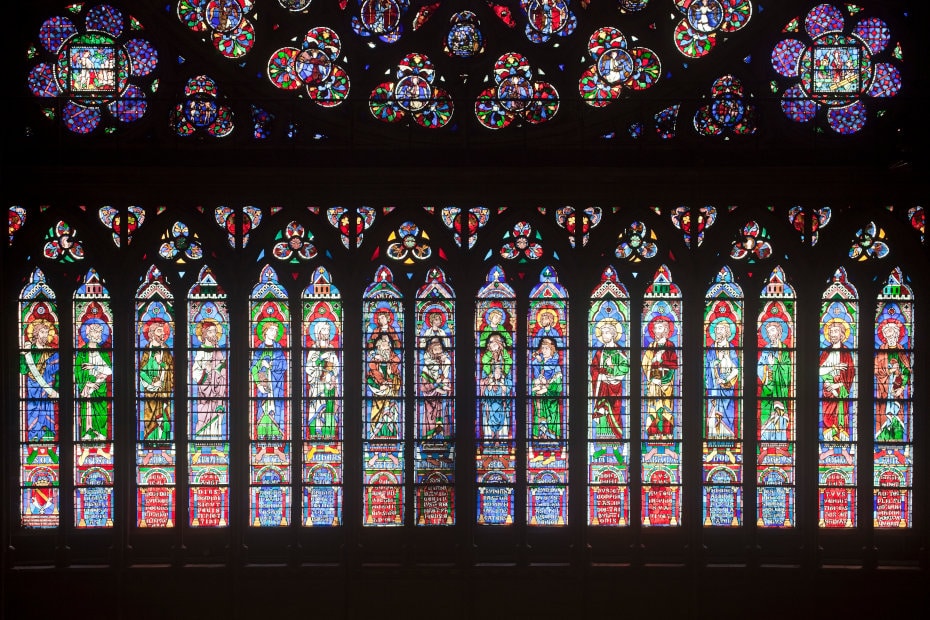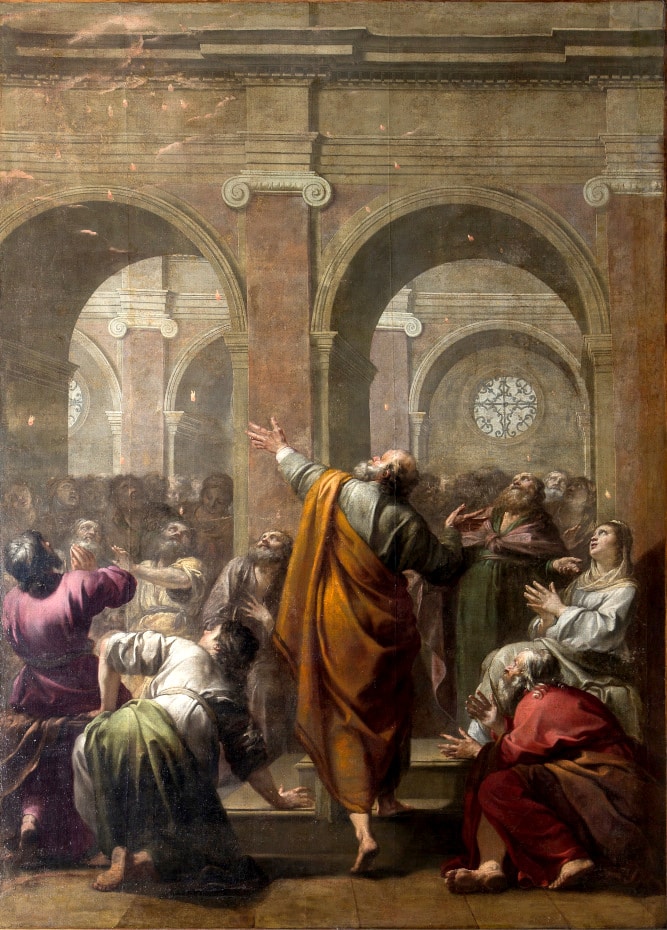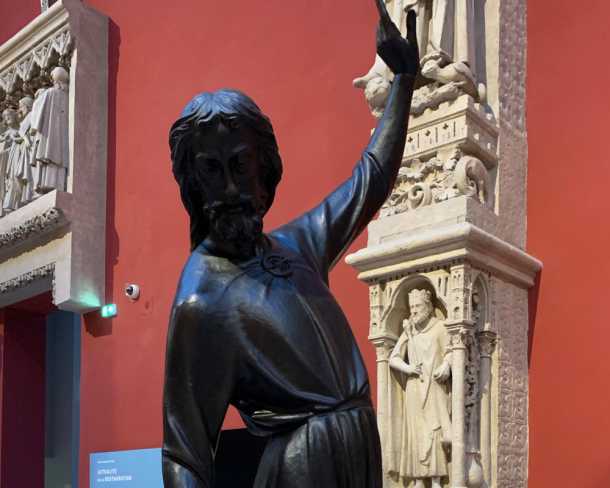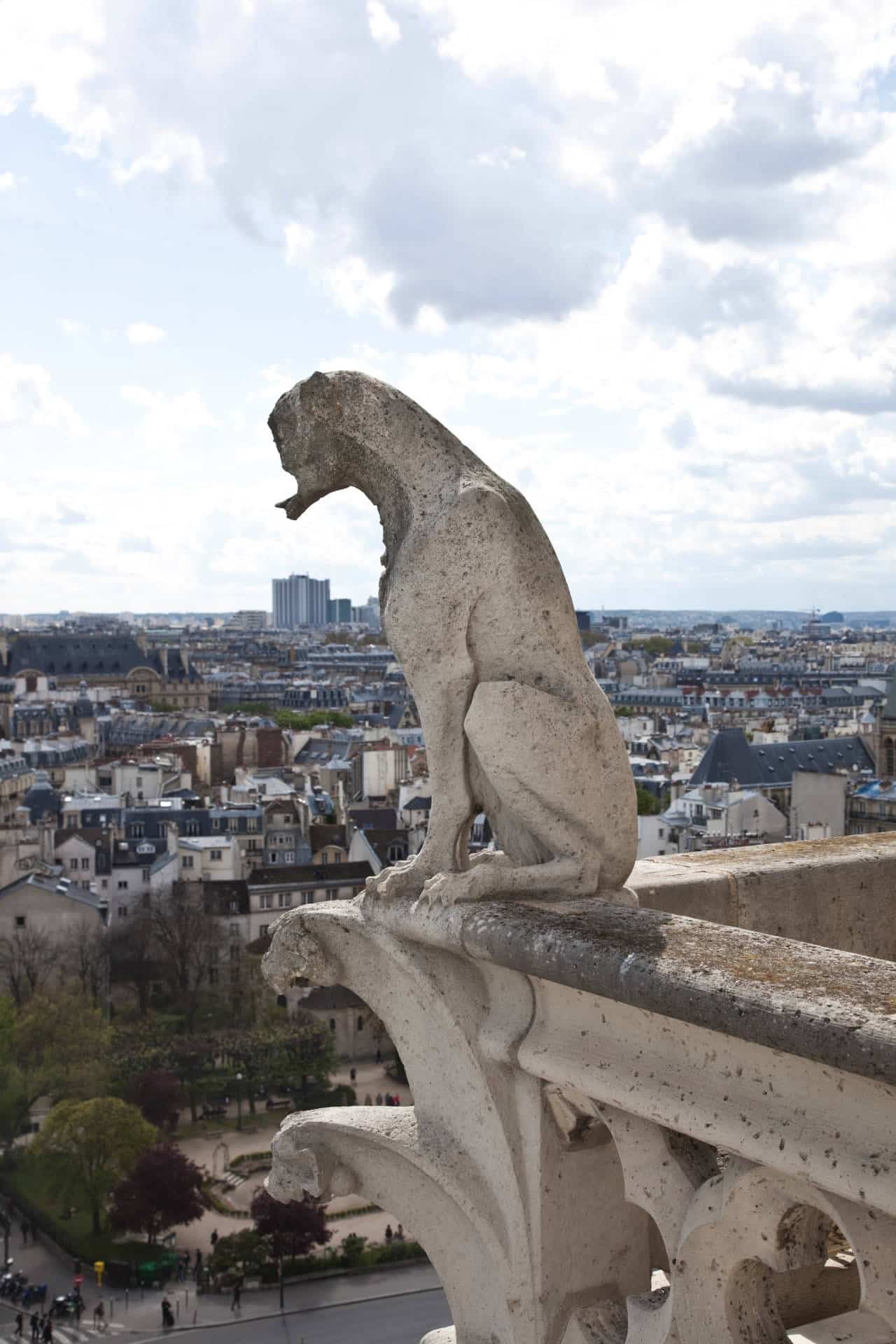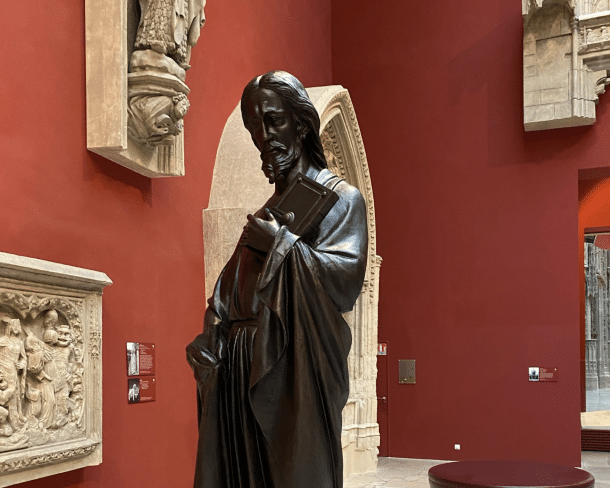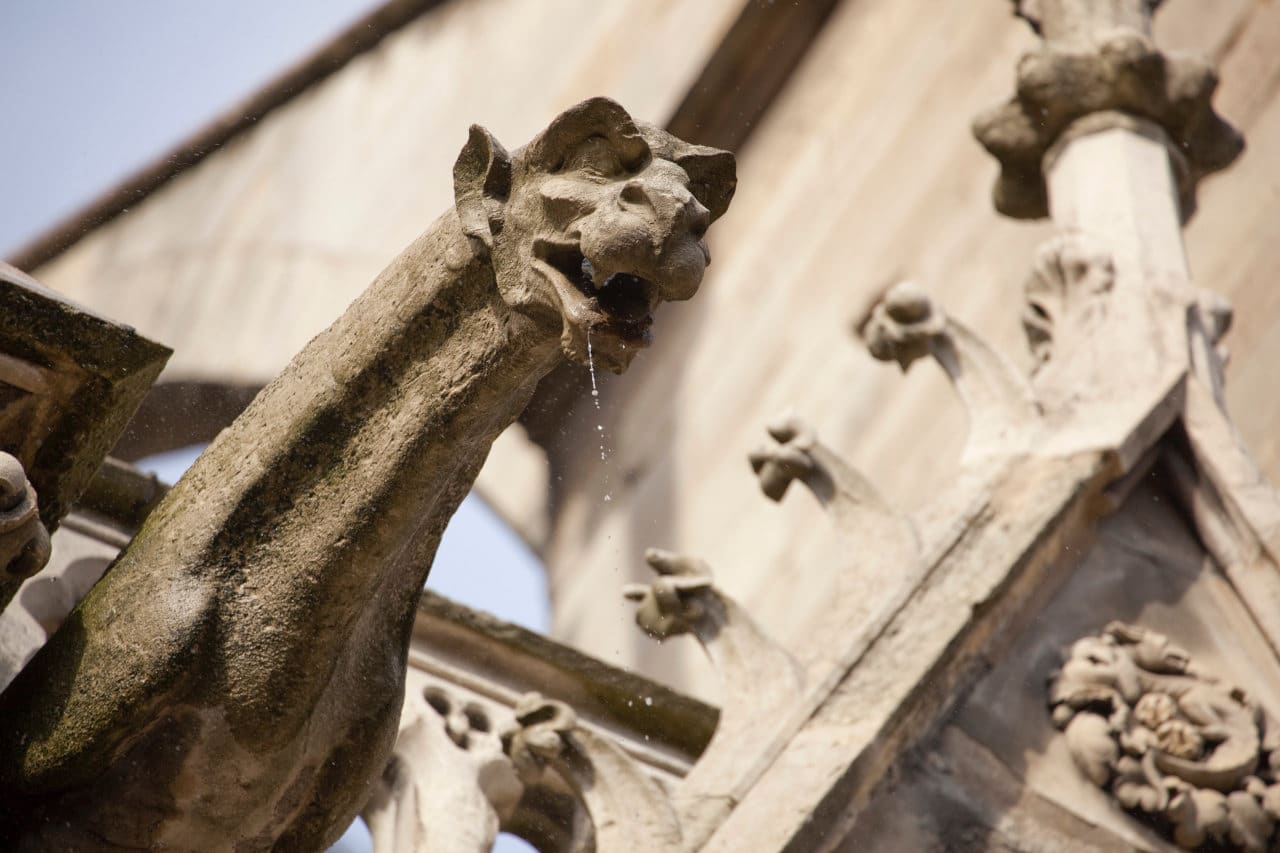Notre-Dame Cathedral has twenty-one bronze bells, of which the “bourdon”, the bell in a carillon having the lowest pitch, is the oldest. The bells mark the hours and key moments in the life of the cathedral or in the history of Paris. They all have a first name in homage to an important figure of the Church.
The largest of Notre-Dame's bells is located in the south tower. In campanology, it is called “bourdon”. It rings for special occasions such as Christmas, Easter, Pentecost, or All Saints' Day and for events such as the death or election of the Pope. The bourdon of Notre-Dame was cast in 1683 and baptized Emmanuel by its patron Louis XIV. This bell, considered one of the most beautiful in Europe, rings in F sharp. Its diameter at the base is 2.62 meters with a thickness of 21 cm. It weighs 13 tons, including 500 kilos for its clapper.
In the north tower, four bells ensure the daily ringing of the cathedral offices. They weigh between two and three tons each. The ringing of the bells gives rhythm to the life of the faithful and marks the solemnity of the offices. For all Parisians, they give the time according to the number of strokes of the clapper, or to inform them of great moments in the history of France. This tradition continues today.
Each bell is regularly recast. Since 1769, Notre-Dame Cathedral has had a set of twenty bells:
- Eight bells in the north tower
- Two “bourdon” in the south tower, named Marie (melted in 1378, 1396, 1402, 1430, 1451 and 1472) and Emmanuel (originally named Jacqueline, this bell was melted in the 14th century, then in 1430, 1451, 1480). In 1680, it was baptized Emmanuel and its weight was increased.
- Seven bells in the spire
- Three bells at the level of the north transept for the ringing the time.
The French Revolution did not spare the bells of Notre-Dame. They were lowered, broken apart and melted down in 1791 and 1792. Only the Emmanuel bourdon, the centerpiece of the ensemble, was spared and replaced in its tower in 1802 by order of Napoleon I. In 1856, four bells were installed in the north tower and in 1867, three more in the spire then three more in the roof. The six bells were connected to the monumental clock installed in the frame.
The poor quality of the metal of the four bells of the north tower generated harmonic discrepancies and poor acoustic quality. They were all replaced in 2013 with the exception of the Emmanuel bourdon, which is recognized for its sound excellence. The Cornille-Havard foundry in Villedieu-les-Poêles, France produced the bells for the north tower, while the Marie bourdon was produced at the Royal Eijsbouts foundry in the Netherlands.
The choice of first names for the new bells pays tribute to figures who have impacted the life of the diocese and of the Church. The south tower houses the Marie bourdon, whose name pays homage to the mother of Christ, protector of Notre-Dame Cathedral, and in memory of the first Marie bourdon that was in place between 1378 and 1792. The north tower houses eight bells, in decreasing order of size:
- Gabriel, in homage to the Angel Gabriel of the Annunciation. The largest bell in the north tower already bore this name in the 15th century.
- Anne-Geneviève, in memory of Saint Anne, mother of Mary and of Saint Geneviève, patron saint of Paris.
- Denis, in honor of Saint Denis, the first bishop of Paris.
- Marcel, in honor of Saint Marcel, the ninth bishop of Paris in the 5th century,
- Étienne, in memory of the old cathedral church of Paris placed under the protection of Saint Stephen.
- Benedict-Joseph, in remembrance of Benedict XVI, who pope at the time of the bells’ consecration in 2013, during the 850th anniversary of Notre-Dame Cathedral.
- Maurice, in memory of the Bishop of Paris, Maurice de Sully who laid the first stone of the cathedral in 1163.
- Jean-Marie, in homage to Cardinal Jean Marie Lustiger, who was the 139th Archbishop of Paris, from 1981 to 2005.
Virginie Bassetti is a foundry artist and a graduate of the École des Beaux-Arts in Rennes and the École Supérieure d'Art et de Design in Havre-Rouen. Bassetti discovered the art of molten metal during a casting in Marcel Dinahet's workshop. Specialized in the design and creation of contemporary bells decorations, she collaborated with the Cornille-Havard foundry that produced the bells of the north tower. The manufacture of bells requires extreme precision in order to obtain the desired tone. The decorations are made in relief on a mold then the molten metal is poured in, taking the exact shape of the bell.
Status of the Bells
The bells survived the fire in April 2019 and today are still hanging in the bell towers as the cathedral undergoes restoration. They are undergoing cleaning and were rung on the 1-year anniversary of the fire.
